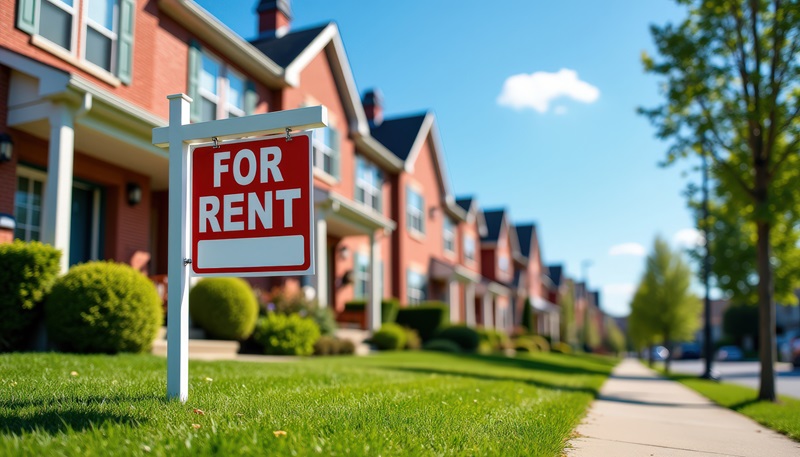In just four years, the American housing market has undergone one of the fastest and most dramatic reversals in its history. New research from finds that between 2021 and 2025, 39 of the nation’s 50 largest metropolitan areas flipped from being cheaper to buy a home to cheaper to rent. What was once the cornerstone of the American Dream—homeownership as a path to wealth—has now become a financial stretch for millions.
In 2021, most large metro areas offered a “buying advantage,” when mortgage payments were lower than typical rent. Now, the dynamic has completely flipped: by 2025, renting is cheaper everywhere. Nationally, the average buy-versus-rent gap swung from –7% in 2021, when buying made financial sense, to +53% in 2025, meaning renting now costs significantly less.
This seismic shift reflects a combination of rising interest rates and steep home price growth. In markets like Miami, mortgage payments have surged more than 200% since 2021, while rents rose a comparatively modest 40%. Oklahoma City and Kansas City, once bastions of affordability, saw mortgage costs jump by 167% and 128% respectively. Even traditionally affordable metros no longer offer a buying edge, leaving renters ahead in nearly every scenario.
Coastal hubs like San Francisco and San Jose saw the largest overall gaps, where buying now costs nearly twice as much as renting. In San Francisco, the typical mortgage payment soared from about $4,400 in 2021 to nearly $8,900 in 2025. Rents rose only slightly, deepening the divide. The same pattern appeared in Denver, Seattle, Dallas, and Salt Lake City, all cities where strong job markets and limited housing supply have sent ownership costs soaring through the roof.
For millions of families, the result is a new economic reality. Middle-income households that once aimed to buy now face monthly payments hundreds or even thousands of dollars higher than comparable rents. In some cases, that means postponing homeownership indefinitely. Others are taking on financial risks through smaller down payments or high-interest loans to compete in overheated markets.
Experts warn that this flip could reshape wealth-building in America for years to come. Those who bought homes before 2022 are benefiting from locked-in low rates and fast-rising equity, while new buyers face record-high costs. For younger generations, the traditional on-ramp to stability and generational wealth has largely disappeared.
Unless mortgage rates fall substantially or home prices correct, analysts suggest this rent-first reality may persist well beyond 2025. The new economics of housing have made renting the practical choice in every major U.S. metro, and for many, the only one.






